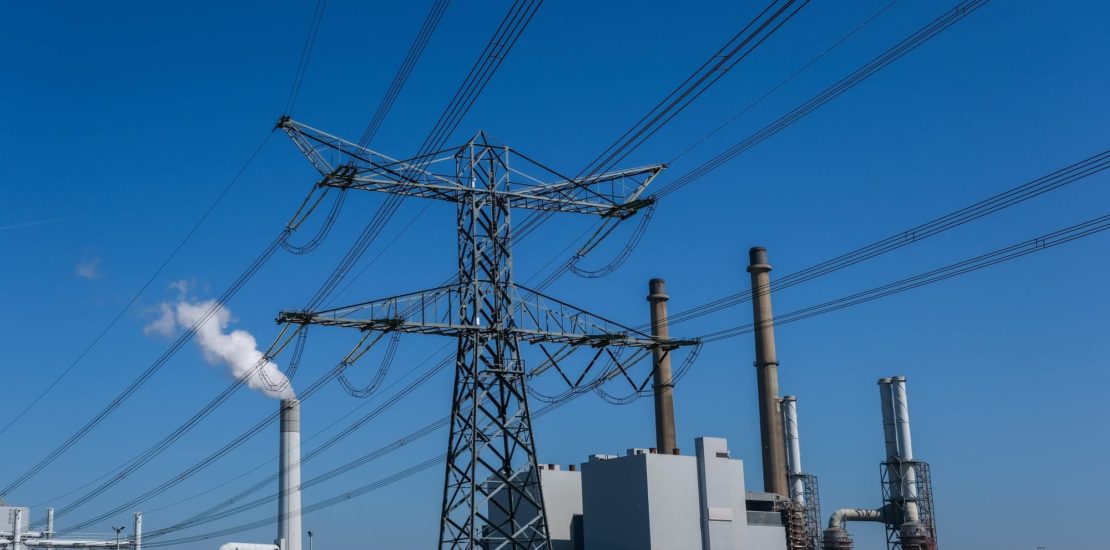Gas to Power – Solutions and Opportunities
- 22 January 2021
- Posted by: Future Energy
- Category: Energy


Our first blog discussed what the future looks like for natural gas, focusing in on the subject of gas flaring solutions, and the role that flaring has in the production of greenhouse gases (GHG). We discussed how regulations and commitments are not doing enough to reduce flaring, and how far off target reductions are from the international aspirations for net zero.
From a technological perspective, the application of Liquefied Natural Gas (LNG), and large scale power generation solutions have been around for decades, but used for gas exploitation, not as gas flaring solutions. New combined cycle natural gas power plants are under construction still.
However, at the other end of the resource spectrum, under the radar of traditional oil and gas company strategies regarding the energy transition, the ability to utilise standardised technology in a scalable, flexible form at low cost has opened the possibility of exploiting newly discovered (otherwise stranded physically / economically) smaller resources of 50 Billion cubic feet (Bcf) or less gas fields, creating new revenue streams, improving Licence to Operate, or providing cheaper, cleaner power to industrial applications.
Combining novel commercial structures, existing gasification / LNG / degasification, and combined cycle gas turbine (CCGT) technology can create value through the movement of either molecules or electrons.
We are grateful to Future Energy Partner for helping us though the ISO certification process. The implementation of ISO standards is what differentiates as a company from our competitors and demonstrates our commitment to Occupational Health and Safety Management.


Technical Solutions seeking Opportunities
The ability to piggy-back decentralised small-scale LNG distribution from major LNG import terminals has been implemented globally in recent years, particularly in Asia, providing alternatives to diesel in power generation plants – usually in the 70 to 250 MW range. Such solutions are often designed along with proposed natural gas power plants.
Yet the opportunity exists to apply small-scale LNG (ssLNG) along with mobile, modular power generation in the 30 to 100 MW range. Such applications could be used in relatively modestly sized gas fields producing 5-10 mmcfd, or perhaps in fields that are oil constrained due to the inability to handle associated gas.
This can provide an alternative solution to the (often sub-economic) challenge of building a gas pipeline, while aligning with public opinion and investor pressure to enforce a zero flaring / zero emission policy.
The ability exists to disrupt and displace local markets with a high carbon footprint (steel / cement manufacturers) while reducing the costs of providing power with off grid power. Running diesel generators with artificially high power costs due to remoteness and a poor distribution network can be replaced.
Economics and design considerations determine the relative benefits of “moving the molecules” (where the Combined Cycle Gas Turbines plant is placed near the power market / grid), or “moving the electrons” (where the project is developed near the upstream and transmission lines take power to the grid / end user).
Using a wasted or stranded hydrocarbon resource to generate cheap energy in remote (off-grid) areas can become the base of a new economy, or, thinking further outside of the box, a disrupter in providing in-situ data processing and communications with low cost worldwide access (micro satellites network) or, more broadly, to bring the benefits of e-commerce, e-banking and communication to the large population of the non-OECD countries (via OneWeb or Space X communications).
Commercial Solutions
Ultimately the relative proportion of small-scale LNG capex / operating costs; the gas volumes produced and electricity generated; and the spark spread will determine the economics of small-scale gas to power solutions.
Engineering design, capital cost benchmarks and relevant equipment suppliers are available and operating cost forecasts can be based on benchmarks adapted for regional variations.
Therefore it is the spark spread, or the difference between the wholesale market power costs and the purchase price of the natural gas that is the major determinant in most potential projects.
Of course the relative environmental impacts / licence to operate considerations, access to capital and ability to integrate across all the stakeholders are additional value drivers.
Projects are being evaluated by Future Energy Partners and CW Ventures that can be developed via integrating the Upstream providers / resource owners, the design and construction teams, and the ultimate users with their Power Purchase Agreement (PPA) requirements, along with the project financing and long term operations and maintenance support. For projects of this scale, a Special Purpose Vehicle could be created to manage the project / stakeholders / risks.
Conclusion
In summary, existing technology and innovative cross-discipline commercial solutions can be combined to add value to resource owners, equipment providers and power users – and provide good returns for investors.
Small-scale gas flaring / optimisation solutions alone will not make a meaningful impact on the global challenge to reduce GHGs. However such projects can provide local economic, social and environmental benefits that directly support the drive to lower emissions. For larger scale solutions to flaring and methane abatement, check out our recent White papers on the subject. [5]
Future Energy Partners and CW Ventures
Future Energy Partners and CW Ventures are together looking for opportunities in the Gas to Power arena in Europe, Middle East and Africa.
CW Ventures are energy transition and decarbonisation project developers – focused on the promotion and development of Gas to Power / Gas to Wire and Off-Grid Distributed Power (OGDP) and decarbonisation systems in Mexico, Central and South America. They have local representatives in the Caribbean and Mexico, and associated entities and networks via CS Energy (Spain) and Altawest (France).
Future Energy Partners provide clean energy options and practical solutions for clients. We pride ourselves in being a consultancy that is dedicated to bringing the supply of energy that is required in today’s modern world in a responsible and professional manner, with due recognition of the global challenges facing society and a detailed understanding of the business imperatives.
To discuss potential Gas to Power / Gas to Wire opportunities that can make a meaningful difference to your business and support the reputation and bottom line that is required for success, contact us to discuss a way forward.
Leave a Reply Cancel reply
You must be logged in to post a comment.
